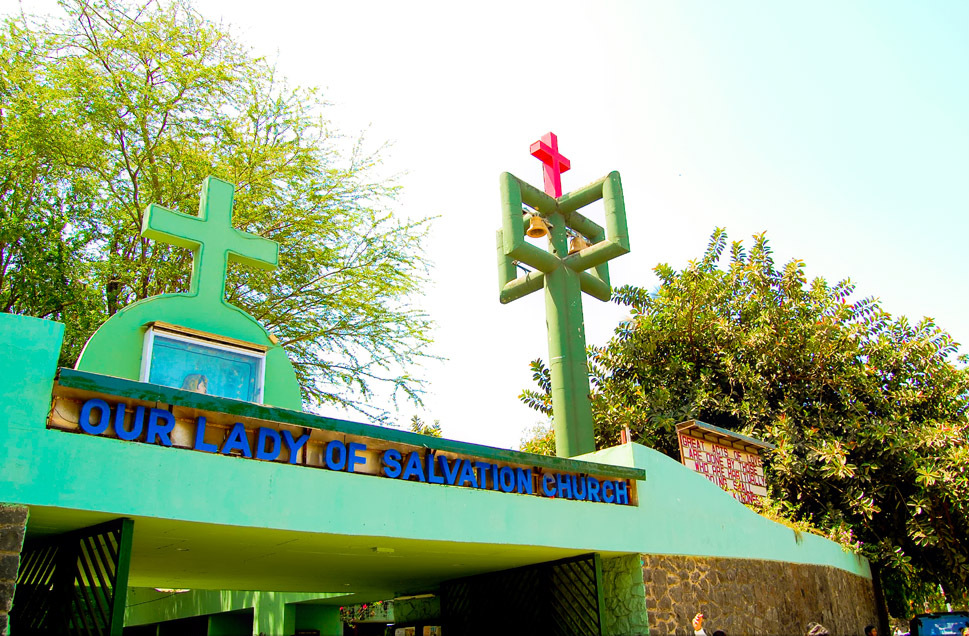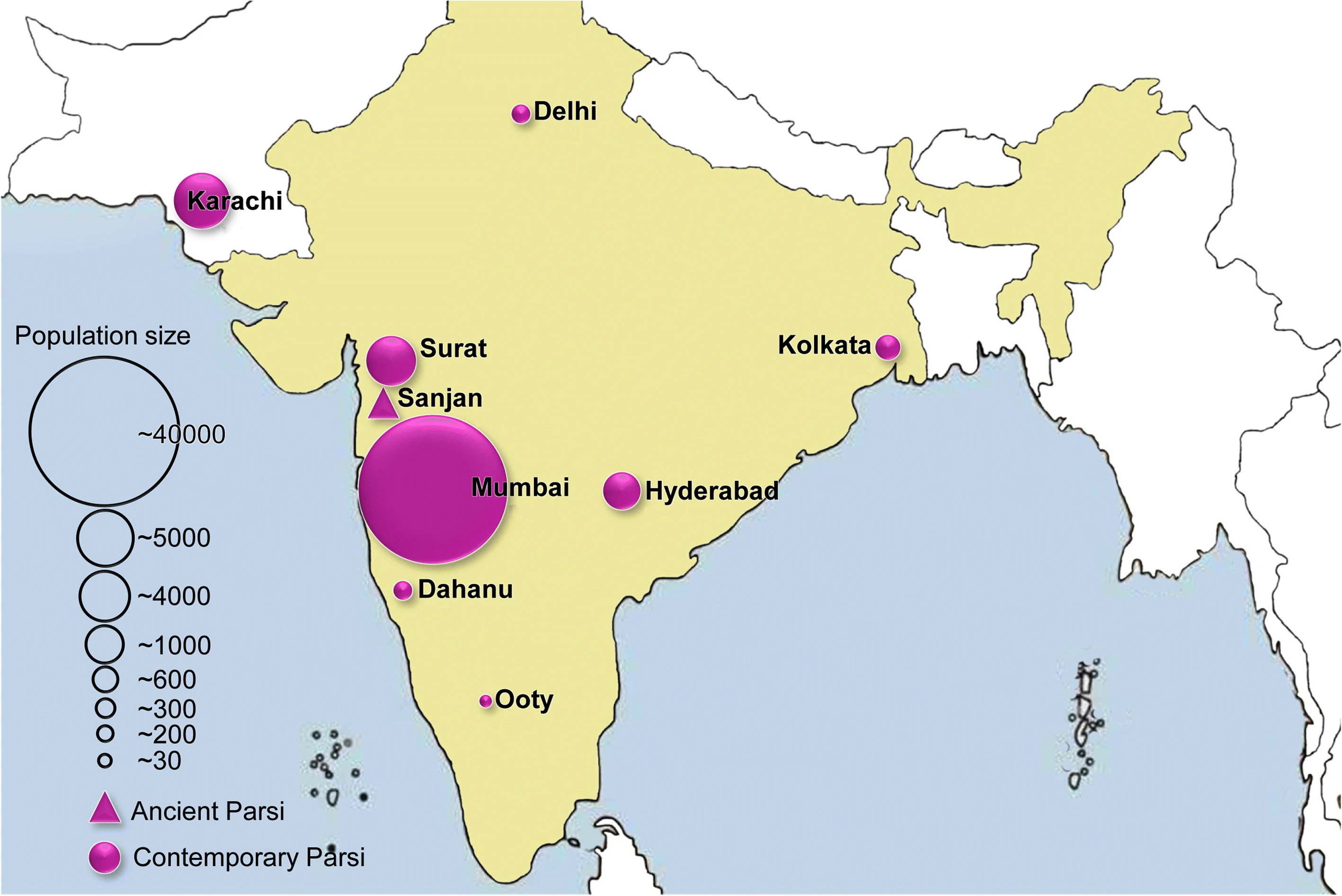|
Dadar Parsi Colony
Dadar Parsi Colony (officially Mancherji Joshi Parsi Colony) is an upper class Parsi colony in midtown South Mumbai. It is situated in the locality of Dadar-Matunga. Unlike the other Parsi colonies (also known as '', literally gardens) it is not surrounded by a wall or fence and is not isolated from its surroundings. The colony houses the famous Five Gardens created by ''Mancherji Joshi'', a renowned Parsi. It is the largest Zoroastrian enclave in the world and in 2009, out of the 45,000 Zoroastrians living in Mumbai, 10,000 lived in Dadar Parsi Colony. History This area was established for Parsis through the efforts of Mr Mancherji Edalji Joshi, the founder of the Dadar Parsi Colony (M Joshi Colony). The area was built by the British under the Dadar-Matunga-Wadala-Sion scheme of 1899-1900, the first planned scheme in Mumbai. The Bombay City Improvement Trust formulated this plan in order to relieve congestion in the centre of the town, following the Mumbai plague epidemics ... [...More Info...] [...Related Items...] OR: [Wikipedia] [Google] [Baidu] |
States And Territories Of India
India is a federal union comprising 28 states and 8 union territories, with a total of 36 entities. The states and union territories are further subdivided into districts and smaller administrative divisions. History Pre-independence The Indian subcontinent has been ruled by many different ethnic groups throughout its history, each instituting their own policies of administrative division in the region. The British Raj mostly retained the administrative structure of the preceding Mughal Empire. India was divided into provinces (also called Presidencies), directly governed by the British, and princely states, which were nominally controlled by a local prince or raja loyal to the British Empire, which held ''de facto'' sovereignty ( suzerainty) over the princely states. 1947–1950 Between 1947 and 1950 the territories of the princely states were politically integrated into the Indian union. Most were merged into existing provinces; others were organised into ... [...More Info...] [...Related Items...] OR: [Wikipedia] [Google] [Baidu] |
Dadar
Dadar ( ̪aːd̪əɾ is a densely populated residential and shopping neighbourhood in Mumbai. It is also a prominent railway and bus service hub with local and national connectivity. Dadar holds the distinction of being Mumbai’s first planned area, and is a hub for the city's Marathi culture. It includes the Dadar West area. History Origins In the 16th century, the area was known as lower Mahim as it was located on the island of Mahim, one of the Seven islands of Mumbai which, after the Bombay Island, was the most important during the whole of the Portuguese period. The Portuguese Franciscans built a church here in 1596 called ''Nossa Senhora de Salvação'', which is popularly known today as Portuguese Church and is a familiar Dadar landmark. 19th and 20th century The Dadar-Matunga-Wadala-Sion scheme of 1899-1900 was the first planned scheme in Mumbai. The Bombay Improvement Trust devised the plan to relieve congestion in the centre of the town following the plague ... [...More Info...] [...Related Items...] OR: [Wikipedia] [Google] [Baidu] |
Parsis
Parsis () or Parsees are an ethnoreligious group of the Indian subcontinent adhering to Zoroastrianism. They are descended from Persians who migrated to Medieval India during and after the Arab conquest of Iran (part of the early Muslim conquests) in order to preserve their Zoroastrian identity. The Parsi people comprise the older of the Indian subcontinent's two Zoroastrian communities vis-à-vis the Iranis, whose ancestors migrated to British-ruled India from Qajar-era Iran. According to a 16th-century Parsi epic, ''Qissa-i Sanjan'', Zoroastrian Persians continued to migrate to the Indian subcontinent from Greater Iran in between the 8th and 10th centuries, and ultimately settled in present-day Gujarat after being granted refuge by a local Hindu king. Prior to the 7th-century fall of the Sassanid Empire to the Rashidun Caliphate, the Iranian mainland (historically known as 'Persia') had a Zoroastrian majority, and Zoroastrianism had served as the Iranian state reli ... [...More Info...] [...Related Items...] OR: [Wikipedia] [Google] [Baidu] |
VJTI
Veermata Jijabai Technological Institute (VJTI) (Marathi : ''वीरमाता जिजाबाई टेक्नॉलोजिकल इन्स्टिट्यूट)'' is a state funded college located in Mumbai, Maharashtra, India, and one of the oldest engineering colleges in Asia. Founded in 1887 and formerly known as the Victoria Jubilee Technical Institute, it adopted its present name on 26 January 1997. VJTI is an academically and administratively autonomous institute, but it is affiliated to the University of Mumbai. The institute is financially supported by the Government of Maharashtra. After being awarded academic and administrative autonomy in 2004, VJTI became operational under the administration of a board of governors. VJTI is also the Central Technical Institute of Maharashtra State. The institute trains students in engineering and technology at the certificate, diploma, degree, post-graduate and doctoral levels. History Foundation and early ye ... [...More Info...] [...Related Items...] OR: [Wikipedia] [Google] [Baidu] |
Crawford Market
Crawford Market (officially Mahatma Jyotiba Phule Mandai) is one of South Mumbai's most famous markets. The building was completed in 1869, and donated to the city by Cowasji Jehangir. Originally named after Arthur Crawford, the first Municipal Commissioner of Mumbai, Municipal Commissioner of the city, the market was later renamed to honour Maharashtrian social reformer Jyotirao Phule, Mahatma Jotirao Phule. The market is situated opposite the Mumbai Police headquarters, just north of Chhatrapati Shivaji Terminus railway station and west of the J.J. flyover at a busy intersection. It was the main wholesale market for fruits in Mumbai until March 1996, when the wholesale traders were relocated to Navi Mumbai. In 1882, the building was the first in India to be lit up by electricity. Architecture The market was designed by British architect William Emerson (British architect), William Emerson, and represented an early effort to blend Gothic Revival architecture, Victorian Gothic ... [...More Info...] [...Related Items...] OR: [Wikipedia] [Google] [Baidu] |
Mumbai Plague Epidemic
The Bombay plague epidemic was a bubonic plague epidemic that struck the city of Bombay (present-day Mumbai) in the late nineteenth century. The plague killed thousands, and many fled the city leading to a drastic fall in the population of the city. In September 1896, Bombay's municipal administration declared the presence of bubonic plague in the city. Ineffective protocols administered furthering the spread. By January 1897 half the population fled to the countryside. Causes The rapid growth of Bombay's commerce led to a large influx of workers. In the 1891 census, the population of Bombay was counted to be 820,000. Most of the immigrant workers (over 70%) lived in chawls. The city services were not geared towards the well-being of the working class and various diseases were endemic to the slums. Workers in cotton mills, as one of the major social fractions within the city, and as the bedrock of its trade, played a major role in the making of this crisis. The difficulties of ... [...More Info...] [...Related Items...] OR: [Wikipedia] [Google] [Baidu] |
Bombay City Improvement Trust
The Bombay City Improvement Trust (BIT) was created on 9 December 1898, in response to the Bombay plague epidemic of 1896. It was created through an Act of the Parliament. The Municipal Corporation and the government handed over all vacant lands to this body. The CIT undertook a host of measures to improve sanitary and living conditions in the city. The planned opening up of suburbs was due to the Trust. The CIT widened roads in the central, crowded, parts of the town. A new east-west road, the Princess Street, was constructed to channel the sea air into the centre of the crowded residential areas. The north-south Sydenham Road (now Mohammedali Road) was also constructed with this end in view. The Dadar-Matunga-Wadala-Sion suburban development was started in 1899 with the express purpose of relieving congestion to the south. Well-laid out plots, with mixed land-use patterns marked these sections. Completed in 1900, access to these parts were through the newly completed Mohamme ... [...More Info...] [...Related Items...] OR: [Wikipedia] [Google] [Baidu] |
Parsi Agyari
Parsis () or Parsees are an ethnoreligious group of the Indian subcontinent adhering to Zoroastrianism. They are descended from Persians who migrated to Medieval India during and after the Arab conquest of Iran (part of the early Muslim conquests) in order to preserve their Zoroastrian identity. The Parsi people comprise the older of the Indian subcontinent's two Zoroastrian communities vis-à-vis the Iranis, whose ancestors migrated to British-ruled India from Qajar-era Iran. According to a 16th-century Parsi epic, ''Qissa-i Sanjan'', Zoroastrian Persians continued to migrate to the Indian subcontinent from Greater Iran in between the 8th and 10th centuries, and ultimately settled in present-day Gujarat after being granted refuge by a local Hindu king. Prior to the 7th-century fall of the Sassanid Empire to the Rashidun Caliphate, the Iranian mainland (historically known as 'Persia') had a Zoroastrian majority, and Zoroastrianism had served as the Iranian state religion ... [...More Info...] [...Related Items...] OR: [Wikipedia] [Google] [Baidu] |





